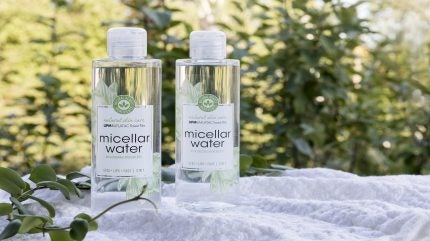
A joint study conducted by UPM Raflatac and Corning Pharmaceutical Technologies has revealed the sustainability and performance benefits of their combined packaging solutions for the pharmaceutical sector.
The study, which took place at UPM Raflatac’s North Carolina, US, facility, tested the compatibility and resilience of the companies’ products under various storage conditions.
The research focused on the effectiveness of Corning’s Viridian Vials paired with UPM Raflatac’s Forest Film labels, as well as the PHARMAGLOSS and PHARMALITE downgauged paper options in maintaining the safety and integrity of pharmaceutical products.
These components were subjected to room temperature, dry heat, tropical, and cryogenic environments to simulate challenging drug product storage scenarios.
The products demonstrated superior performance to competitors, with the labels showing strong adhesion across different wrap angles and storage conditions typical in pharmaceutical packaging.
This finding is crucial for ensuring the safety of medications, as well as for meeting the industry’s demand for reliable packaging solutions.
Corning Pharmaceutical Technologies Velocity Vials and Viridian Vials product line manager Jessica Buday said: “This study represents an example of how important it is for pharma suppliers to collaborate and ensure our solutions are compatible in a way that meets customer requirements, particularly with the increasing demand for sustainability.”
UPM Raflatac’s Forest Film label material, which is claimed to be the first International Sustainability and Carbon Certification-certified wood-based plastic label, offers a biocircular solution that reduces reliance on fossil-based plastics.
The company noted that the label is produced using bionaphtha from crude tall oil, a byproduct of the pulping process.
The PHARMAGLOSS and PHARMALITE paper options also contribute to environmental sustainability by utilising less material, thereby lowering overall material weight.
Complementing these efforts, Corning’s Viridian Vials are designed to use 20% less glass than traditional vials, which leads to a reduction of up to 30% in scope 3 cradle-to-gate emissions.




